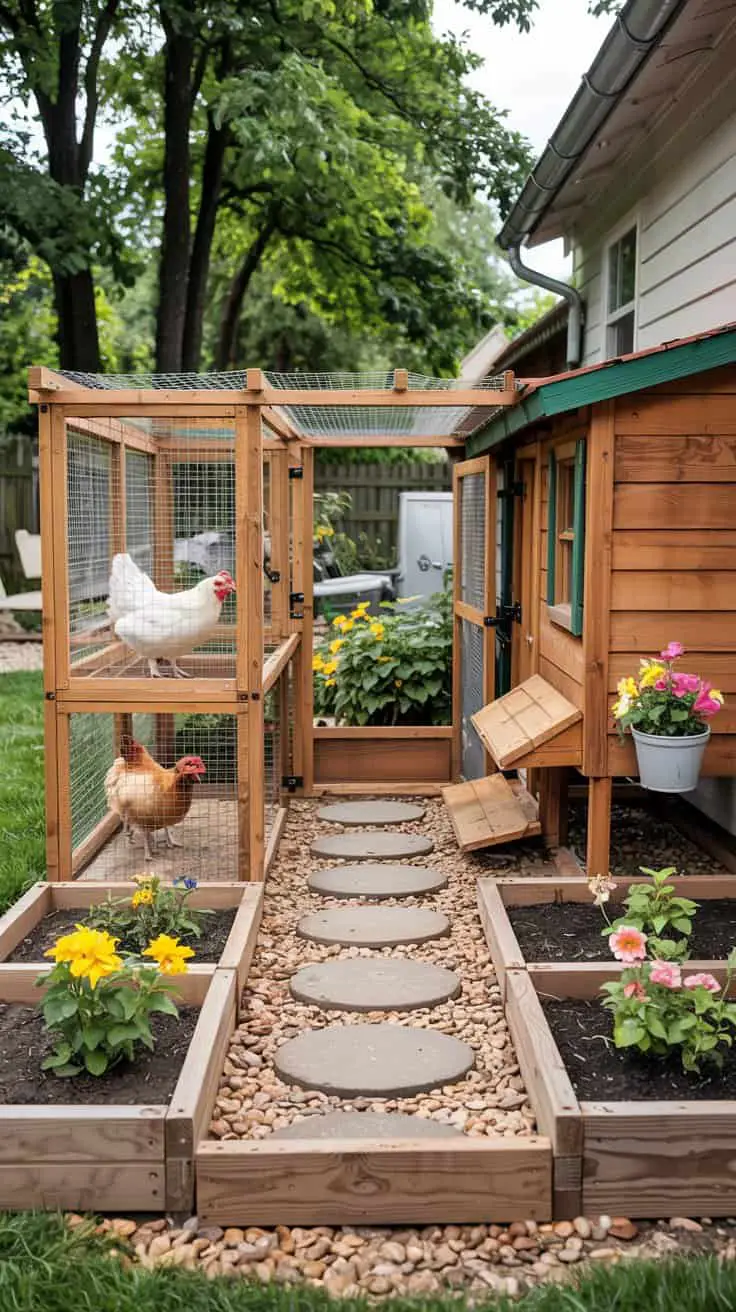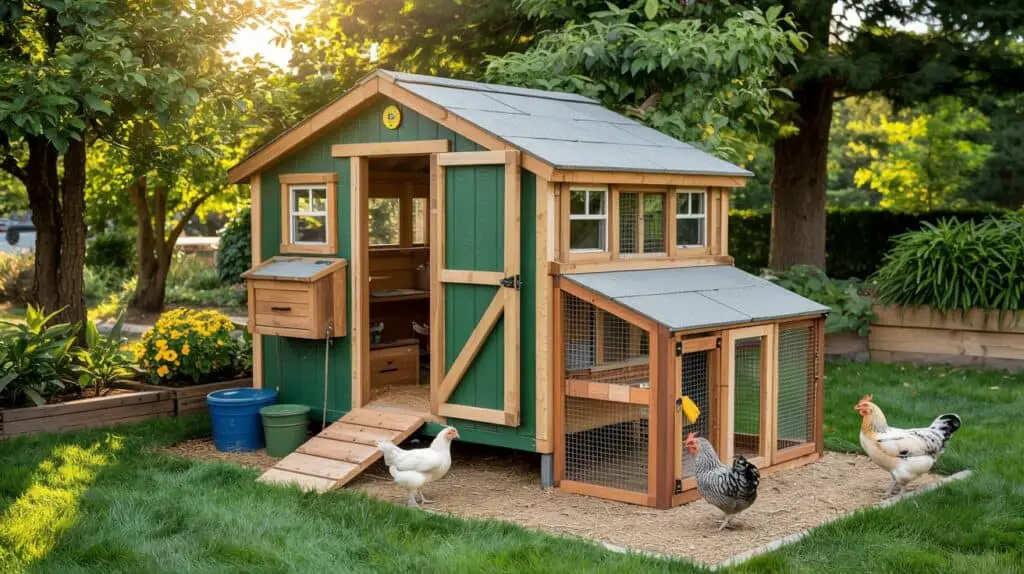
If you’ve got an old garden shed and a growing interest in backyard chickens (or kids who’ve been begging for them since last Easter), converting that shed into a chicken coop is actually one of the smartest, most budget-friendly moves you can make. You skip the whole “build it from scratch” drama, and chances are you already have a structure that’s dry, sturdy, and half full of stuff you meant to throw out last year.
Whether it’s a big walk-in shed or a small garden hut tucked behind the fence, with a few tweaks it can become a cozy, safe, and easy-to-manage space for your flock. Here’s how to make it happen.
Clear It Out and Check the Basics
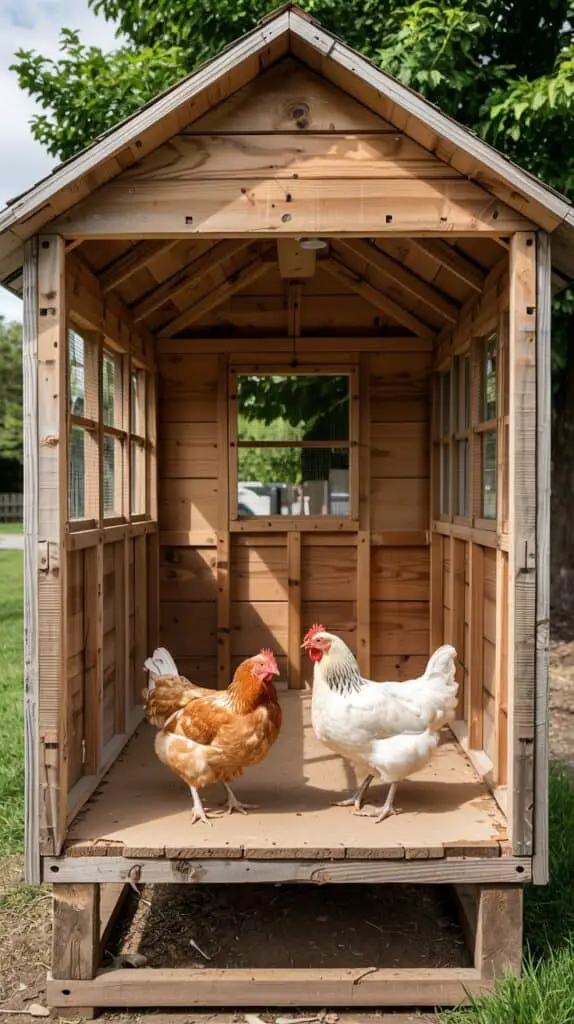
First things first—empty the whole thing. I know. That part’s a bit painful. But once it’s clear, you can inspect the frame, floor, and walls for any signs of rot, leaks, or gaps. Chickens aren’t fussy, but predators are persistent, and a loose panel or small hole could be an open invitation.
You’ll want a floor that’s easy to clean and can hold up to a bit of moisture. If it’s just dirt or untreated plywood, consider sealing it or laying down a sheet of linoleum or vinyl. It doesn’t need to be fancy—just something you can sweep and hose off without everything warping.
Add Proper Ventilation and Light
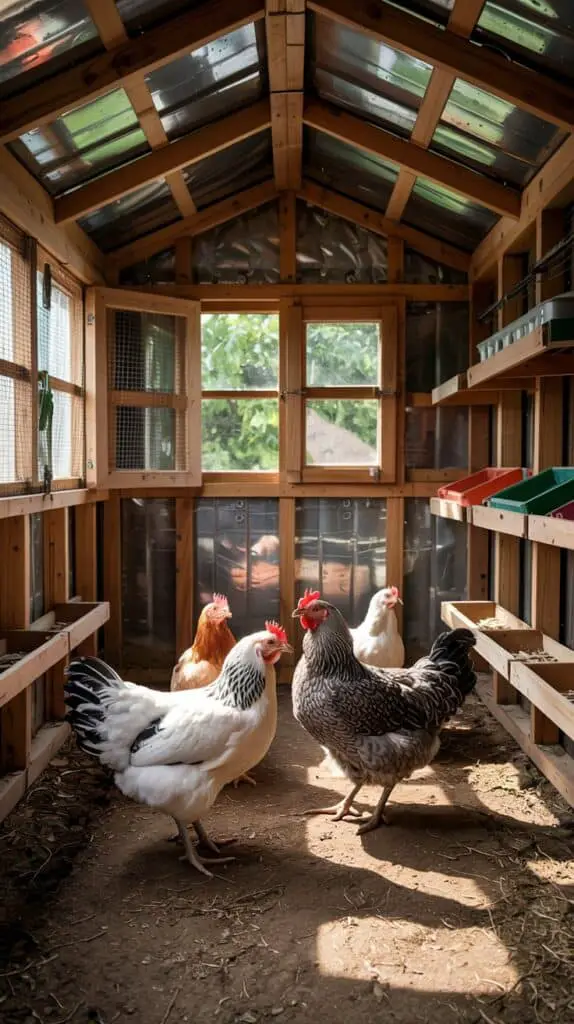
One of the most important upgrades you’ll make is ventilation. Chickens generate a lot of moisture overnight, so airflow is essential for keeping the space dry and preventing ammonia buildup. You don’t want direct drafts on your birds, but you do want air moving—especially up high.
Cut ventilation holes near the top of the walls (covered with wire mesh), or add small windows that can be cracked open. If your shed already has windows, great—just add hardware cloth inside the frames for safety. Natural light helps with egg laying too, so don’t black everything out.
If you’re in a colder climate, you might want to add insulation, but in most backyards, dry and draft-free is good enough.
Build Nesting Boxes, Roosts, and a Coop Door
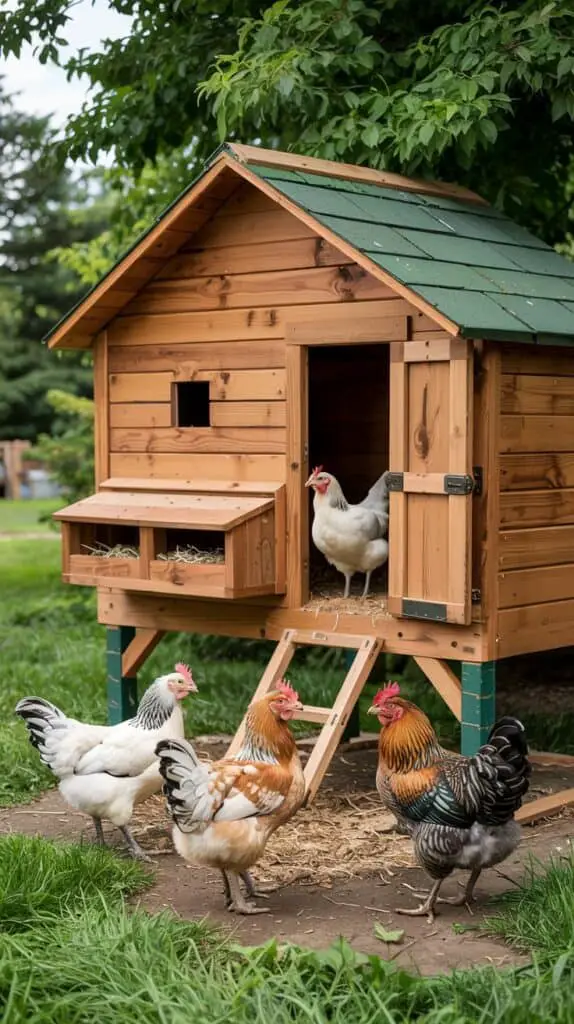
Now the fun part—turning it from shed to actual coop. Chickens need a spot to sleep (roosts), a place to lay (nesting boxes), and a way to come and go safely.
Mount nesting boxes along one wall, ideally 12–18 inches off the ground and filled with soft straw or shavings. You only need one box per 3–4 hens, and even then they’ll all fight over the same one.
Roosts should be higher than the nesting boxes to prevent sleeping in the wrong place (chickens will always go high). Use rounded timber poles or wide boards and give each bird about 8–10 inches of space.
For the coop door, cut a small opening at chicken-height and install a simple hinged flap or sliding door. You can even buy an automatic door kit if you want to get fancy later.
Make It Safe, Functional, and Easy to Clean
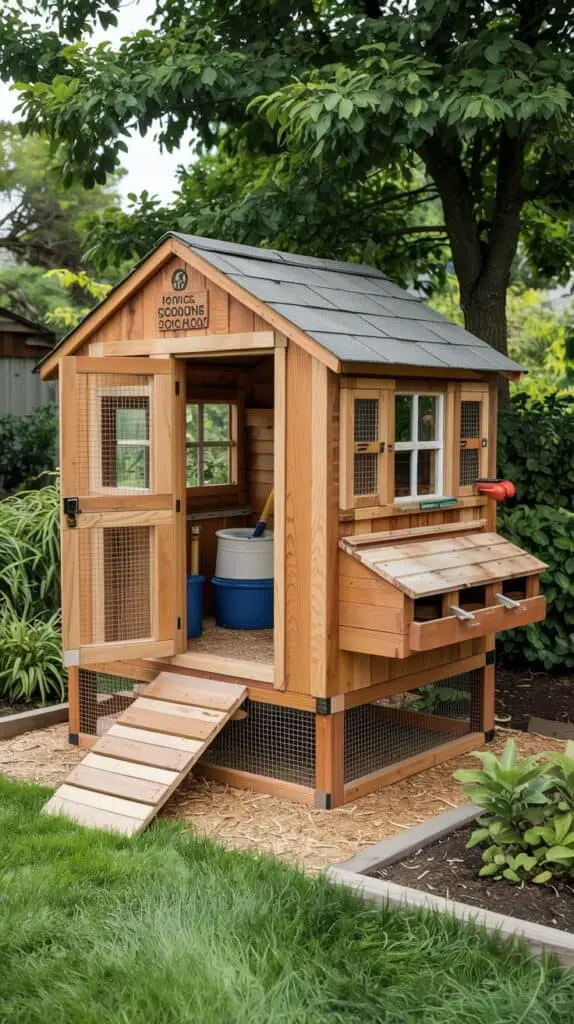
You’ll thank yourself later if you make the shed coop easy to maintain. Add a large people-sized door for cleaning and egg collection, and maybe a small hatch above the nesting boxes for daily access.
Use hardware cloth instead of chicken wire (it’s stronger and keeps out predators), and secure every window, vent, and opening. If you’re attaching a run, position it right outside the new chicken door and add a ramp with grip strips so the chickens can come and go safely.
Keep feed and water inside if you want, but make sure there’s ventilation around them and that you can clean up spills easily. If you’ve got space, hang up a broom, feed scoop, and storage bins on the wall—you’ve just created the ultimate garden-chicken hybrid space.

